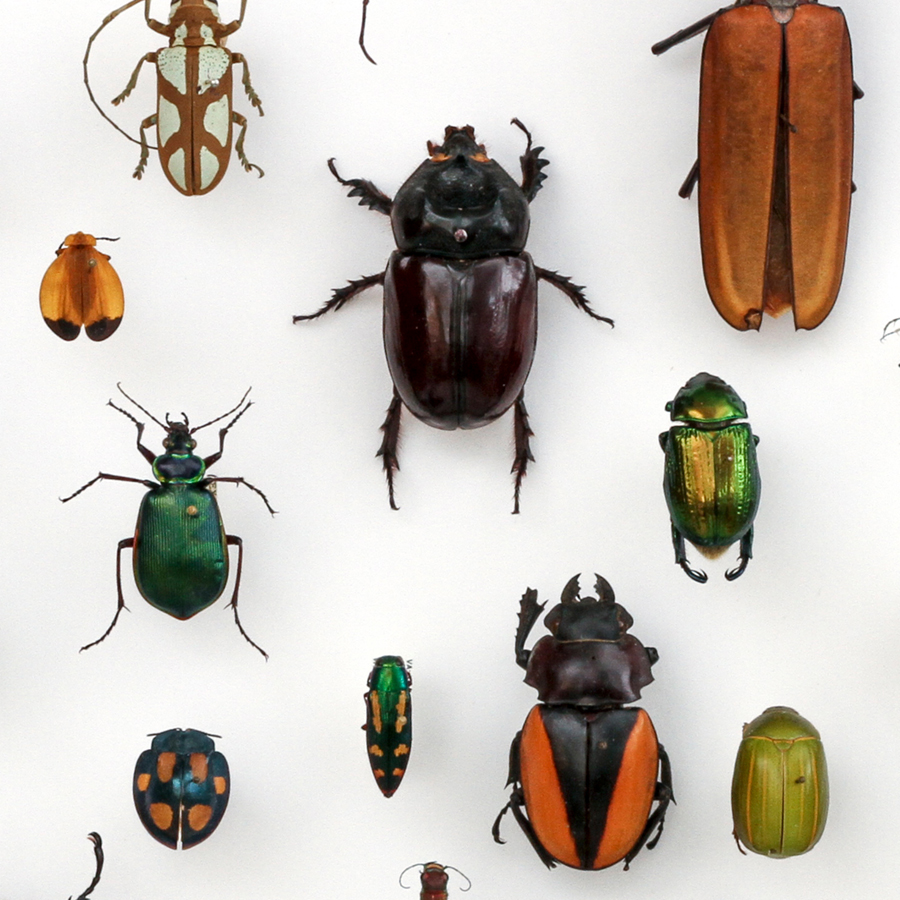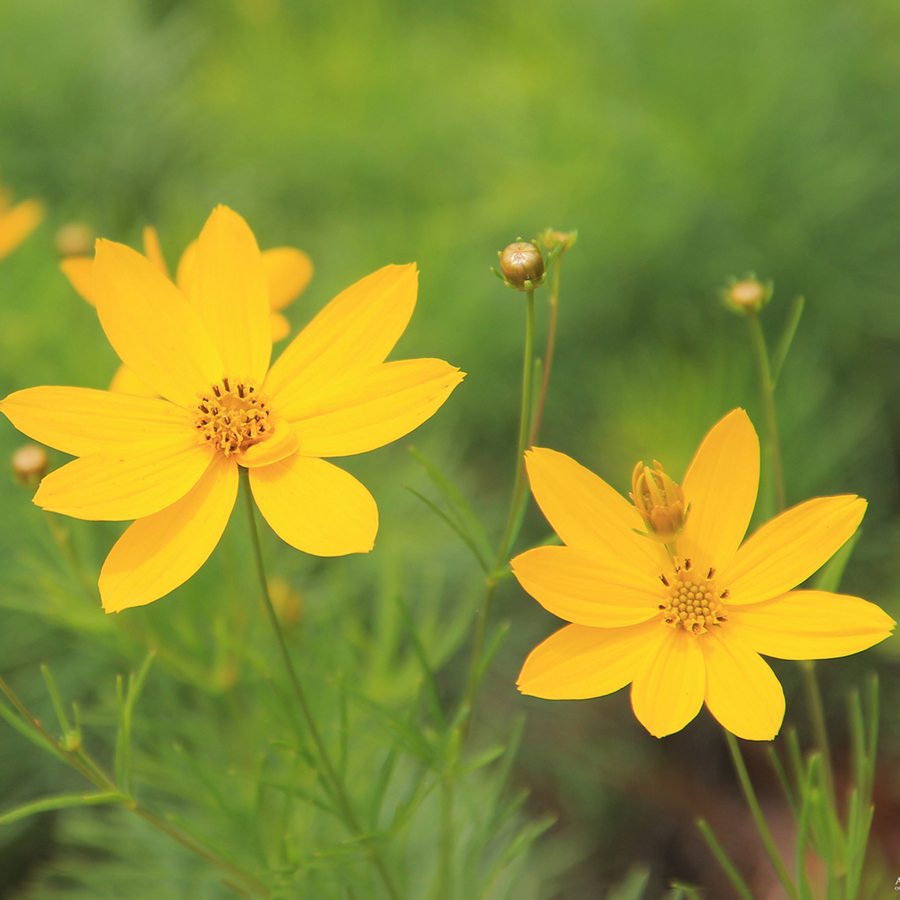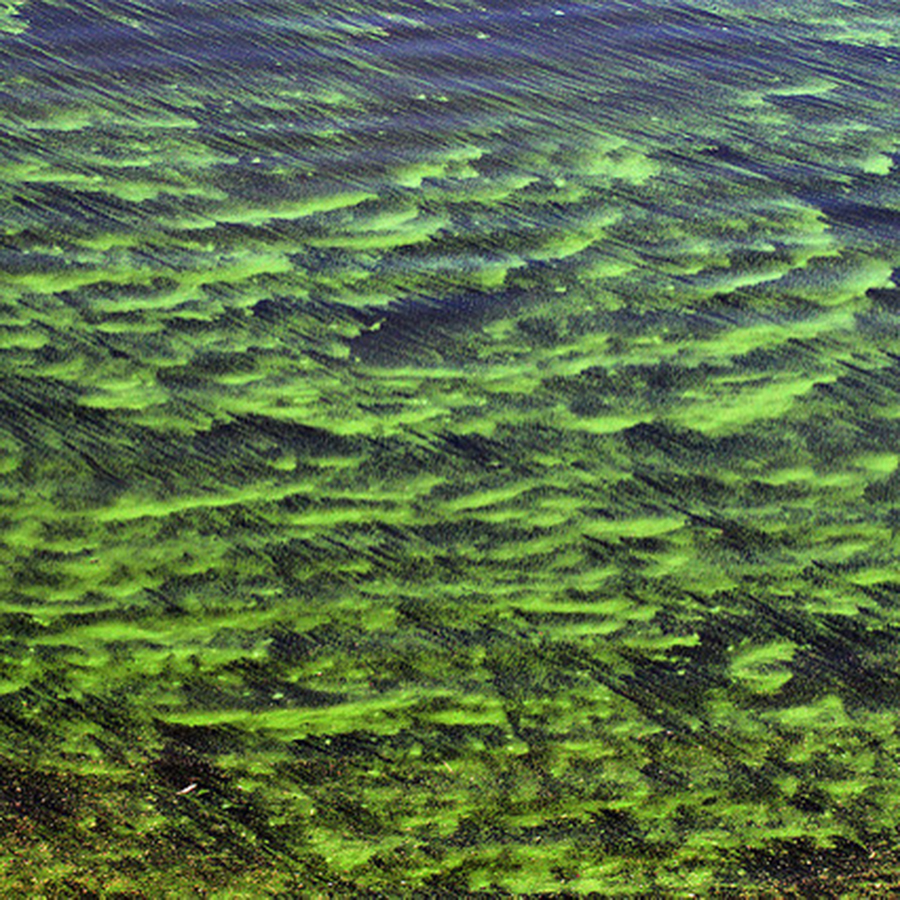BIODIVERSITY COLLECTIONS >>
The Biodiversity Collections represent large and diverse groups of organisms, including fish, amphibians, reptiles, birds, mammals, insects, a variety of arthropods and other invertebrates. The focus of the collections is Texas, but research by UT students and faculty over the decades has assembled important material from Mexico, Central and South America, Africa, and Southeast Asia.
A recent and significant addition is the Genetic Resources Collection, which houses samples and extracted DNA from specimens in the collections. This resource is crucial to expanding research that merges molecular biology with discovery the natural world.
The collections have a long history with the University of Texas, most having been established in the 1930s in association with the Department of Zoology. Eventually these coalesced into a research and collections unit within the Texas Memorial Museum and, as of 2017, they are based in the new Biodiversity Center in the Department of Integrative Biology.
The Billie l. turner PLANT RESOURCES CENTER >>
 Within the BIodiversity Collections, the Billie L. Turner Plant Resources Center (TEX-LL) has over 1 million specimens and is the largest herbarium in the southwestern United States and ranks fifth among U.S. university herbaria and twelfth across the nation. TEX-LL, with about a quarter of its specimens from Texas, has the largest holdings of Texas plants in the world. Nearly one half of the specimens at TEX-LL are from Latin America, with an especially strong representation of Mexico and northern Central America. Presently the number of vascular plant collections inserted in the herbarium is growing at an approximate rate of 16,400 specimens per year.
Within the BIodiversity Collections, the Billie L. Turner Plant Resources Center (TEX-LL) has over 1 million specimens and is the largest herbarium in the southwestern United States and ranks fifth among U.S. university herbaria and twelfth across the nation. TEX-LL, with about a quarter of its specimens from Texas, has the largest holdings of Texas plants in the world. Nearly one half of the specimens at TEX-LL are from Latin America, with an especially strong representation of Mexico and northern Central America. Presently the number of vascular plant collections inserted in the herbarium is growing at an approximate rate of 16,400 specimens per year.
The Billie L. Turner Plant Resources Center now houses a total of over one million specimens of vascular plants. The vascular plant collection at UT contains many unique collections that are represented only in TEX-LL, or in very few other herbaria. Complete or nearly complete sets include the collections of C. L. and Amelia Lundell, M. C. Johnston, J. Henrickson, R. Runyon, E. Contreras, D. Gentle, E. Matuda, and B. L. Turner. The PRC also has significant holdings of D. S. Correll, S. F. Blake, G. B. Hinton et al., H. N. Moldenke, C. H. Muller, W. A. Silvius, and I. M. Johnston as well as incomplete sets of C. G. Pringle and R. McVaugh.
The Center is rich in types with over 6100 taxa represented in its type collection. The Blake collection of Asteraceae is intercalated with the very large TEX collection of mostly American and Mexican Asteraceae assembled by the 60 or more monographers (most as students and faculty at UT, especially B. L. Turner and his students) who have worked in the U.S. Southwest and Mexico over the last 40 years. Comparatively few of these collections have been widely distributed among other U.S. institutions.
THE CULTURE COLLECTION OF ALGAE >>
 The Culture Collection includes approximately 3,000 different strains of living algae, representing most major algal taxa. Cultures in the Collection are used for research, teaching, biotechnology development, and various other projects throughout the world.
The Culture Collection includes approximately 3,000 different strains of living algae, representing most major algal taxa. Cultures in the Collection are used for research, teaching, biotechnology development, and various other projects throughout the world.
The Culture Collection of Algae at the University of Texas at Austin, herein designated as "UTEX", has been in continuous operation since 1953. It was established by Richard C. Starr at Indiana University and was moved to its present site in 1976. Dr. Starr was the Director of UTEX from its inception until his untimely death in February of 1998, at which time Jerry J. Brand became the Director.
The principal Dr. Jerry Brand resource of UTEX is its extensive collection of living algae. Nearly 2,800 different strains of algae, representing approximately 200 different genera, are provided to the public at modest charge. The Collection maintains an especially strong representation of freshwater and edaphic green algae and cyanobacteria, but includes representatives of most major algal taxa, including many marine macrophytic green and red algae. All strains in the Collection were obtained as isolates from natural sources, and no genetically altered strains are maintained. Approximately half of UTEX strains are axenic and all cultures are unialgal.
UTEX is a nonprofit organization. Principal financial support is obtained through the National Science Foundation of the U.S.A. Additional support comes from the College of Natural Sciences of The University of Texas at Austin and through the sale of cultures to the user community. UTEX supports this community of users through the provision of algal cultures along with a variety of other goods and services. The website contains a listing of the cultures maintained by UTEX, conditions for their maintenance, information regarding the purchase of cultures, and various other features of UTEX.
The principal function of UTEX is the maintenance of its diverse stock of living algae, in order to make these algal strains available to a user community worldwide at modest cost. Cultures in the Collection are used especially for research, but also for biotechnology development, teaching, water quality assessment, food for aquatic animals, and a variety of other purposes. UTEX does not impose restrictions regarding the use of cultures that are purchased and does not assume any responsibility for cultures that are sold and sent away from the facility.














